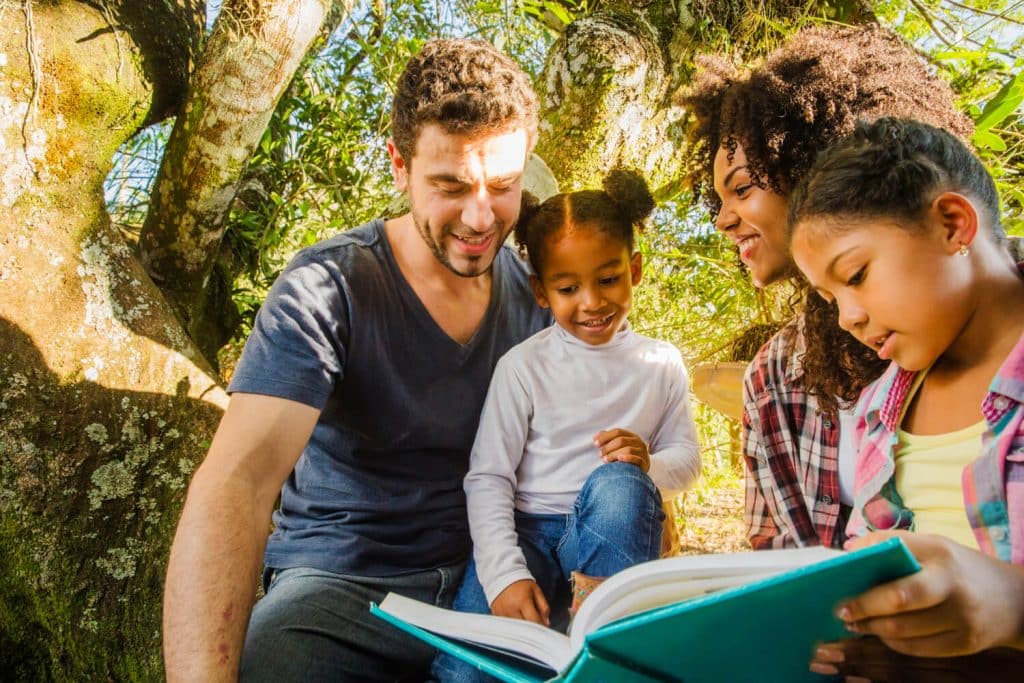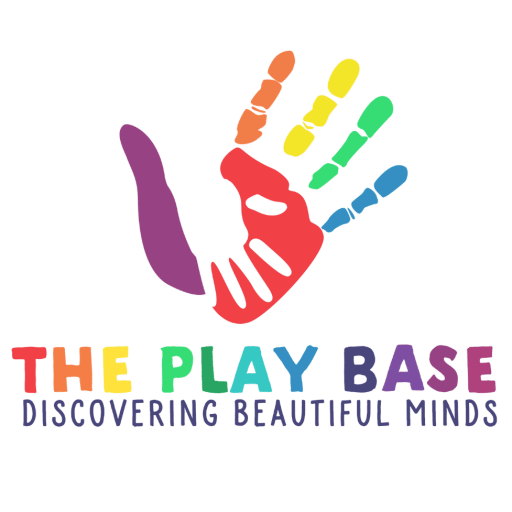It mainly focuses on the individual involvement of a child and follows a developmental systems approach. It means that learning a new capability in one area may be transferred to other domains. Naturalistic teaching is a branch of APPLIED BEHAVIORAL ANALYSIS (ABA) therapy.
Common Characteristic of Naturalistic Teaching
It is that it can take place anywhere such as, in the house, at school, or inside the building even be practiced at the grocery store. Naturalistic teaching can be applied in any natural environment that’s why it differs from other teaching methods.
The purpose of naturalistic teaching is to use the natural environment to encourage and promote generalization in children with “autism” to initiate conversation and show excitement about the subject matter. The main goal of naturalistic teaching is to utilize the child’s natural environment to help promote concepts.
Naturalistic teaching is also known as “incidental teaching”. Naturalistic teaching is proven to be an effective method of teaching children with “autism“, besides just promoting generalization. This method is really effective in not only improving various skills like language and communication skills but it is also helpful in developing social skills. As this method does not require therapy sessions for a child to be there but can occur in any natural setting. In the same way, it can be done by any person in the life of a child. Generally, this procedure takes place in our natural daily routine such as during playtime or lunchtime.
Autistic Children
Autism spectrum disorder (ASD) is a developmental incapacity caused by differences in the brain. As a result, autistic children face difficulty in communication. They have constant behavior and narrow interest. They have a lack of interest in others. In the beginning, autistic children were taught in controlled and individualized situations.
Common Naturalistic Approaches
Namely, Incidental Teaching, The MAND-Model Procedure, The Natural Language Paradigm and Pivotal Response Training.
Incidental Teaching
It is the first naturalistic teaching technique. Originally it was created for disadvantaged children in 1960. It is that form of teaching, in which the teacher takes full advantage of naturally occurring incidents to provide learning opportunities for the pupils. This is a strategy that uses the principles of (ABA) Applied behavior analysis to provide structured learning opportunities by using the child’s interest and natural motivation in the natural environment. The goal of this teaching method is to increase the child’s motivation to speak. A therapist prompts a child to speak something about something. For instance, a teacher might use a book or a video game characters to make a lesson interesting and relevant to the pupil’s life.
In this method, parents or teachers utilize natural opportunities for learning like play, to develop a child’s skills s namely behavior skills or language skills. In this procedure, the trainer combines desired objects into a natural setting. This creates opportunities for the child to begin first contact regarding the desired object, therefore enhancing language skills.
Mand-Model Procedure
This procedure is an alternative to Incidental teaching (IT) and its purpose is to eliminate child initiation.
This technique mainly focuses on the concepts of previously obtained language and not on the addition of a new language. The mand-model approach is an effective way to help kids with special needs, improving their communication skills. The mand-model technique is divided into 2 parts.,namely MANDING and MODELING. Manding refers to when kids ask for what they need while modeling is when adults verify the correct use of words. So the word “and” refers to the verbal behavior of the teacher and the child as a listener.
Natural Language Paradigm
This approach is very useful for those children who are completely unable to talk or are nonverbal.
In this, the therapist sits with the children, offering them a variety of toys and allowing them to choose one of their choices. After this, process, the therapist teaches them how to name the toy or how to identify it.
Pivotal Response Training
This is a unique naturalistic environment teaching approach that approaches the cause of the behavior instead of the actual behavior. This technique emphasized the things that are pivotal to the child’s behavior.
To help children to move away children undesirable behaviors is the main purpose of PRT. The main target of this method is to encourage a child to respond to self-management and several cues.
Benefits of Naturalistic Teaching for Autistic Children
Undoubtedly, naturalistic teaching strategies are effective for autistic kids as it helps them to learn socialization and communication skills. These are essential skills for individuals with autism to manage activities that contribute to a happy successful life. This therapy is beneficial as it helps children with autism to develop adaptive skills which will be good for their daily life. The biggest advantage of naturalistic teaching is this it is family-friendly.
In all circumstances, naturalistic teaching performs well, thus giving strength to autistic children to encounter all situations. Another benefit of naturalistic teaching is that trials are started by the child, not the therapist. Thus it is proved to be an effective method of teaching for children with autism.









